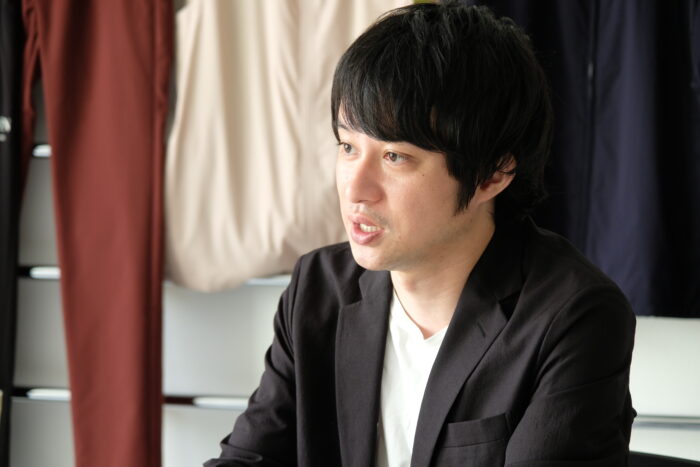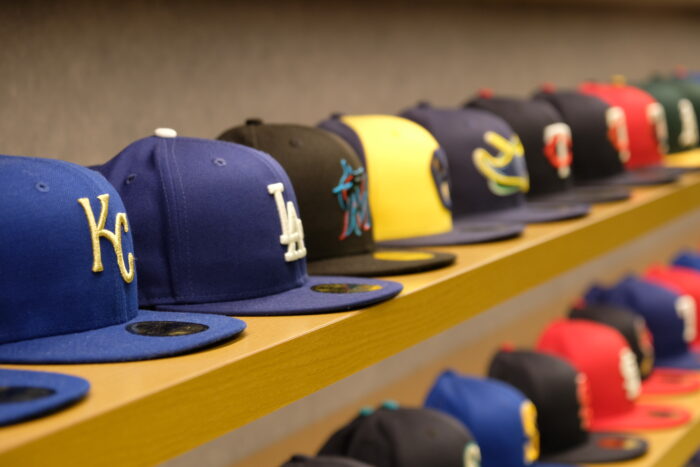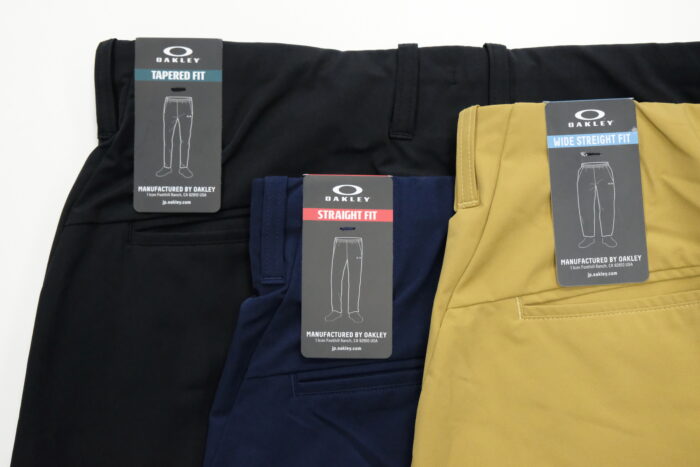SOLOTEXT
The apparel that connects daily life and outdoor scenes seamlessly is discussed by Mr. Shinji Kawada of Woolrich Japan Inc. who developed it through his experience.
Woolrich is a well-established brand founded in Pennsylvania, USA, in 1930, that created iconic American casual items, such as buffalo check shirts and arctic parkas.
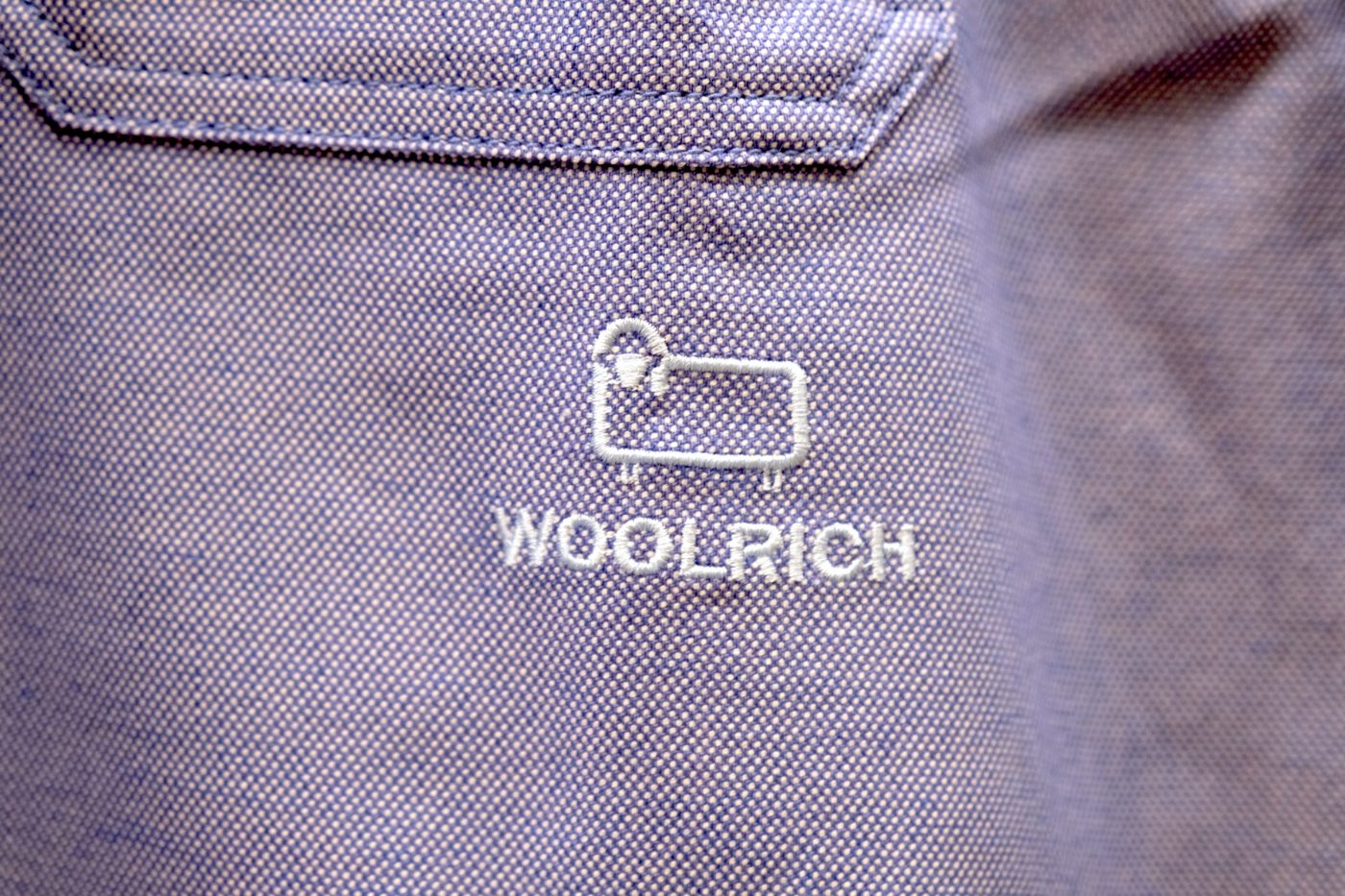
The brand advocated the 10 MILE STYLE “from BED to COT” as the theme for the spring-summer season of 2022 by proposing a style that incorporated functionality and comfort, which the brand developed, into daily wear. The collection used waffle SOLOTEX® and hybrid SOLOTEX® blended with linen to redefine the apparel seamlessly connecting daily life and outdoor scenes.
We asked Mr. Shinji Kawada, president of Woolrich Japan Inc., about how they selected SOLOTEX® for this season and the vision of the brand.
We hear you found SOLOTEX® quite some time ago.
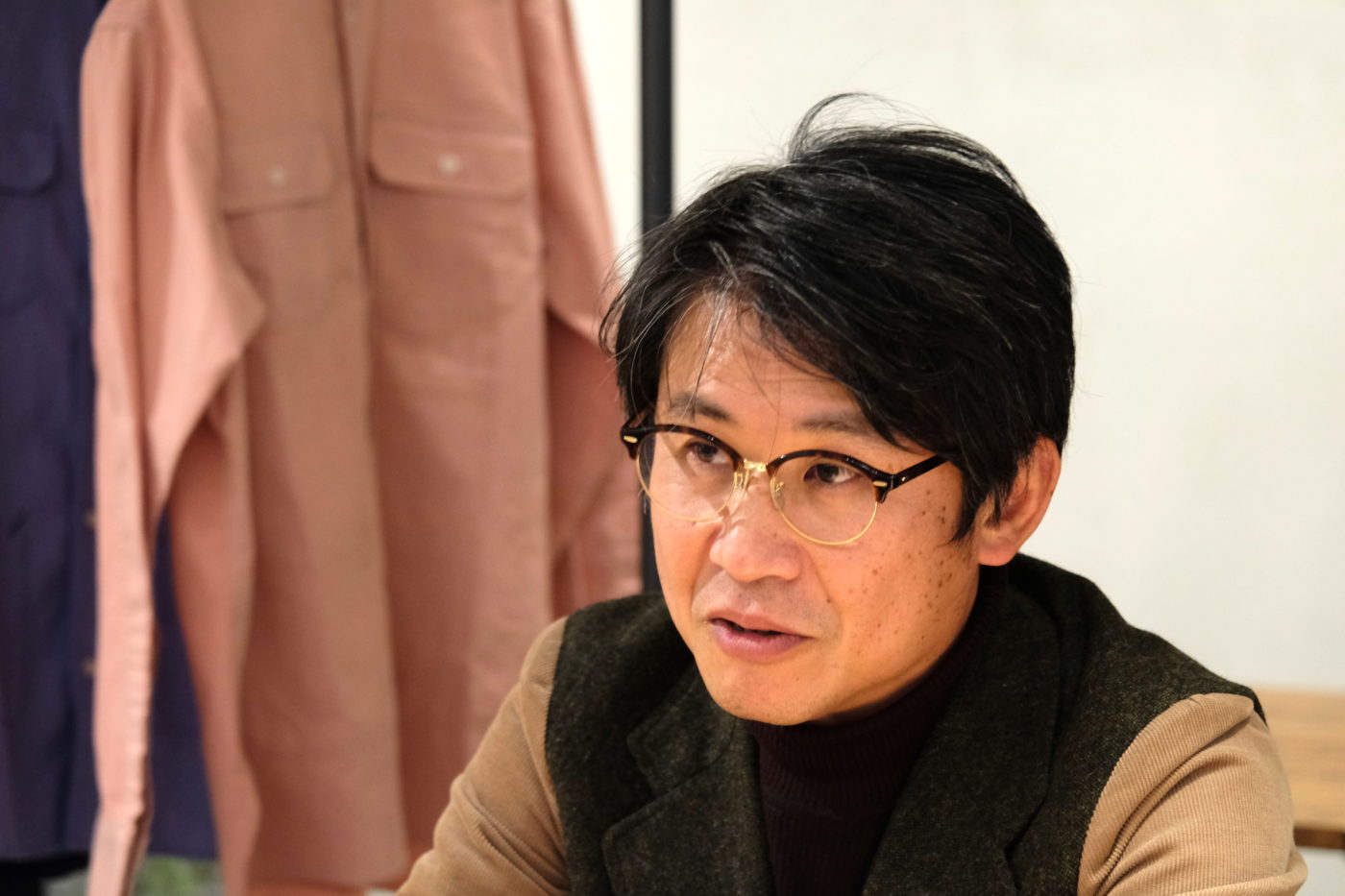
I had worked at the Operation Division of The North Face, where I had the opportunity to handle non-urethane stretch materials, including SOLOTEX®, which had just been developed in 2004. At that time, however, I was caught up in the idea that SOLOTEX® was a replacement for stretchy urethane materials that were vulnerable to degradation; thus, I used it only for items that should stretch well and have great recovery, such as support tights for athletes. One of the reasons for that might be that the focus of outdoor wear at that time was on specifications; therefore, there was a tendency to compete on numerical targets, but I think now that I should have capitalized on this material for a different use. Through that experience, The North Face developed the hit products Doro Light Pants, which made use of the SOLOTEX® properties of gentle stretch and good recovery.
We see that you, as Woolrich, selected SOLOTEX® for this season based on the experience at that time.
Woolrich is a brand aiming at enjoying activities that serve as an extension of daily living activities, not a full-scale outdoor brand offering apparel used by those who climb mountains over 6,000 m. We create apparel that seamlessly connects indoor life and outdoor life, or urban life and outdoor life, for users who run after work or hike in the woodlands during a course of a walk. Since SOLOTEX® had the properties of good stretchiness and resistance to wrinkles, I thought it would be good for daily use and comfortable even when hiking because it dries quickly after users sweat. So, I selected it for two items for this season.
First of all, please introduce the Fast Trail Waffle LS Tee, which uses waffle SOLOTEX®.
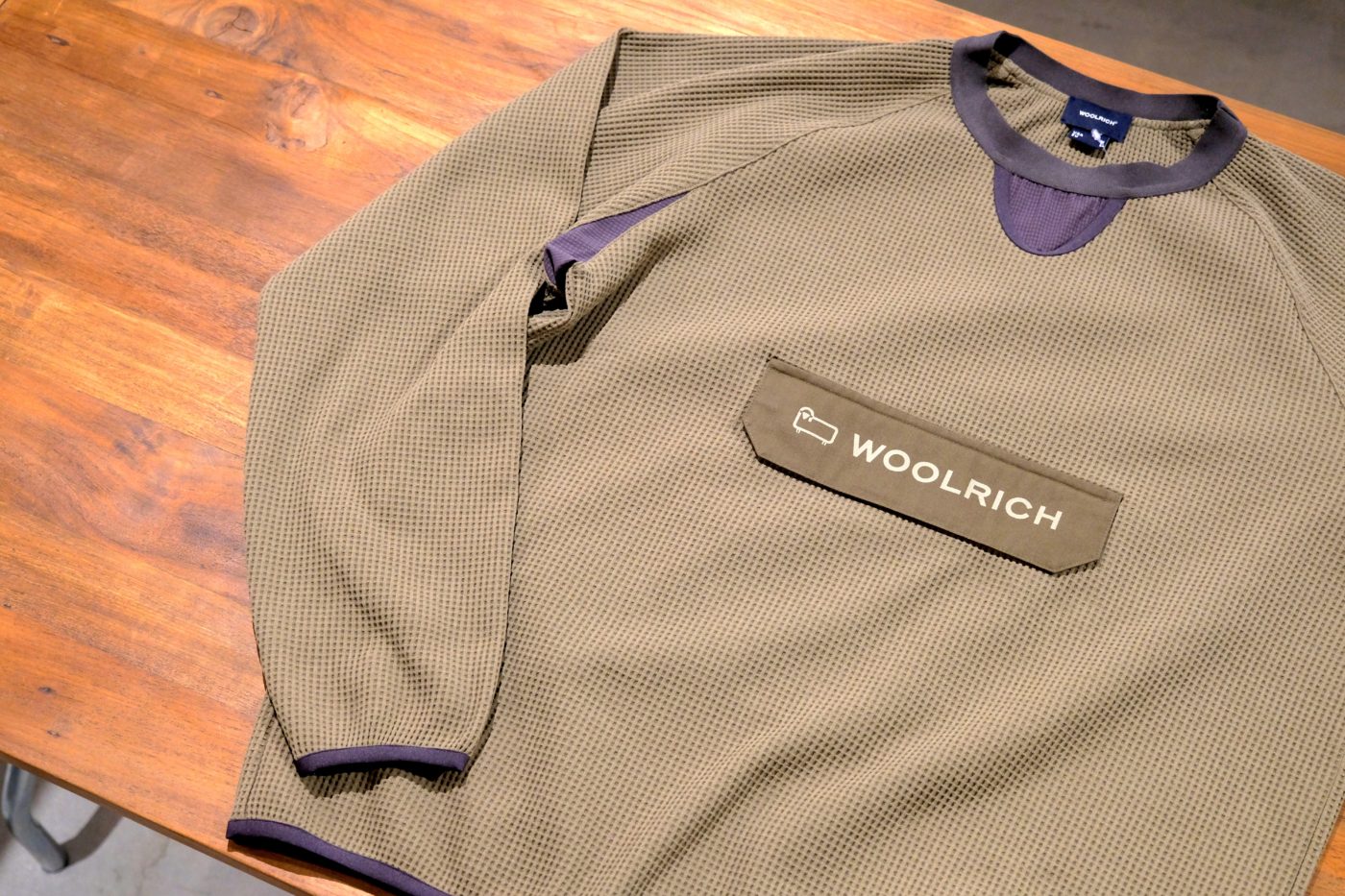
We wanted to show the functionality of SOLOTEX®, which features both stretchiness and shape retention, in a visual way, so we selected the waffle textile. Since it is three-dimensional, the dry texture is more perceivable.
They seem to be casual daily wear rather than wear for outdoor activities.
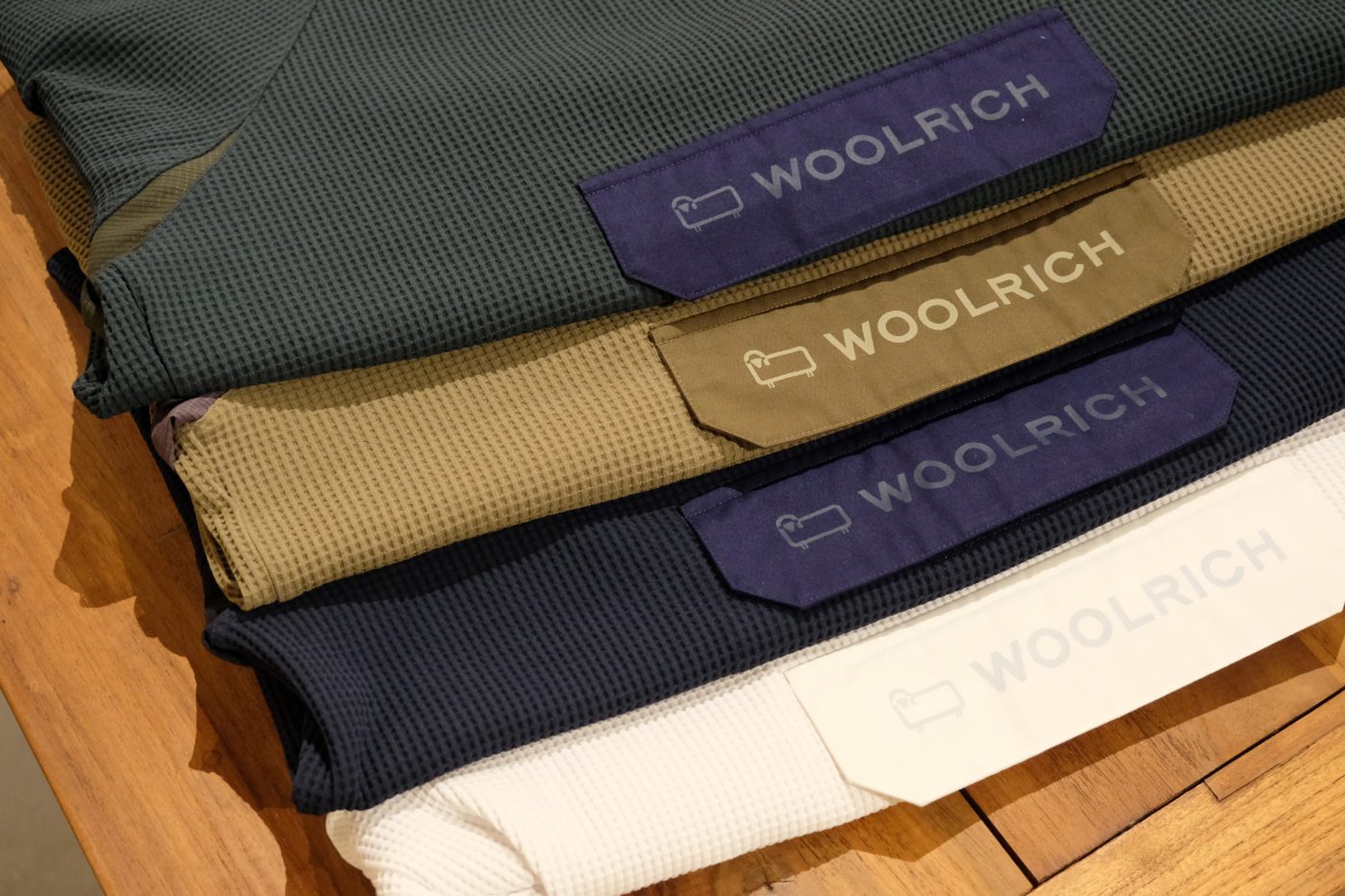
When customers select items for outdoor use, they often have a specific intention in mind when purchasing the pants saying, for example, “I want long pants because I walk through bushes,” or “I want pants with slimmer ankles because I go climbing.” By contrast, I thought that the tops in summer would not have to meet difficult requests because the choice might be limited to short-sleeved or long-sleeved tops or whether the tops were rainproof or not. So, I decided to seek flexible apparel that met the requirements of a variety of situations as an extension of casual daily wear.
We know waffle cotton easily stretches out and loses its shape, and often tears during habitual use.
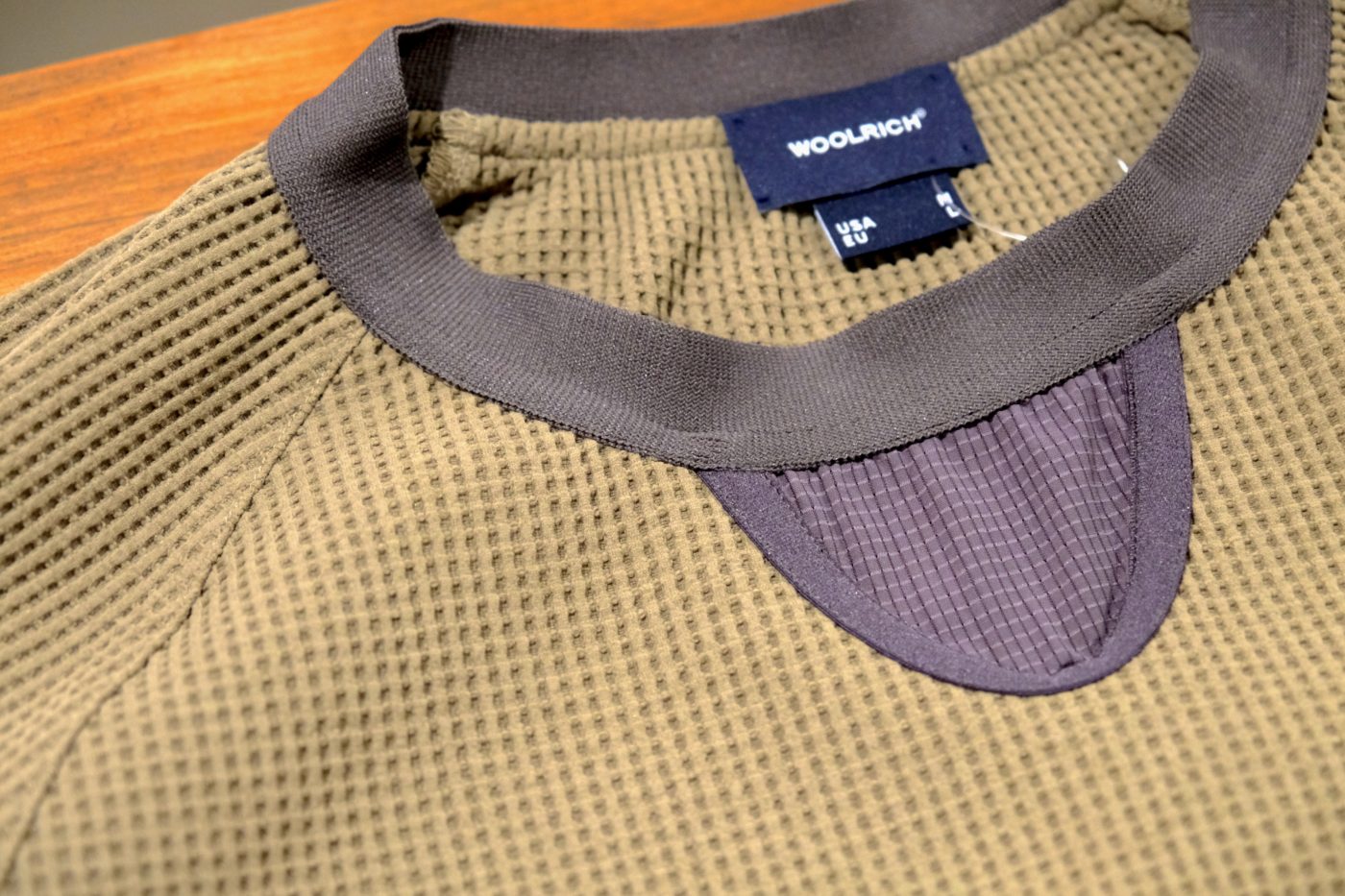
It is technically possible to produce elastic, tear-proof waffle cotton, but it is heavy in weight because it is woven considerably tightly. This waffle SOLOTEX® is excellent because it stretches while offering gentle and good recovery, along with its light weight, high durability, and proper heat retention and ventilation.
These tops are good to wear alone in summer while offering a rather roomy silhouette appropriate for wearing as an outer garment together with wool underwear in fall, or as an inner garment under a shell jacket. I think the relatively large multi-pocket on the front would be also helpful.
These Fast Trail LS Shirts are long-sleeved and use a textile that blended linen and SOLOTEX®.
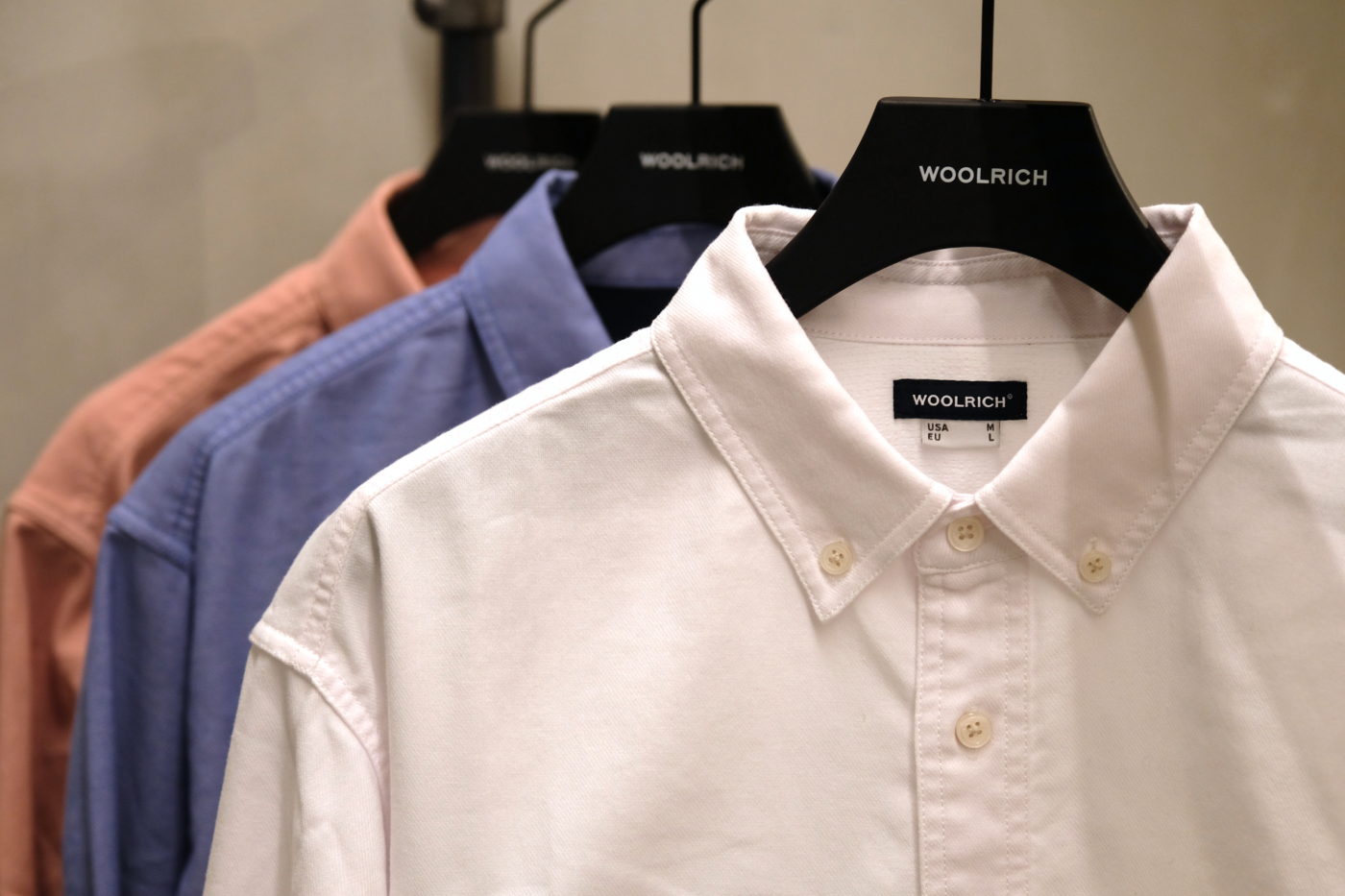
The front bodies use an Oxford-woven fabric made by blending 26% linen with SOLOTEX®. The material was specially ordered from Teijin Frontier with the aim of achieving a highly functional textile that would be comfortable both outdoors and indoors. It is comfortable even in Japan’s unique hot, humid climate, as well as having SOLOTEX®-specific stretchiness and quick-drying property. The back uses a mesh fabric made from polyester and cotton, which absorbs moisture well and dries quickly, so users do not get sweaty when wearing a backpack or a jacket. I really think that the shirts are supreme as tops. You can turn up the collars for shade and fasten or unfasten some of the buttons, which is different from a zipper. These shirts have a breast pocket and two inside pockets on the waist, so you can use them as outer garments. In addition, they are also useful because they can be folded up into a small size and are still wrinkle resistant.
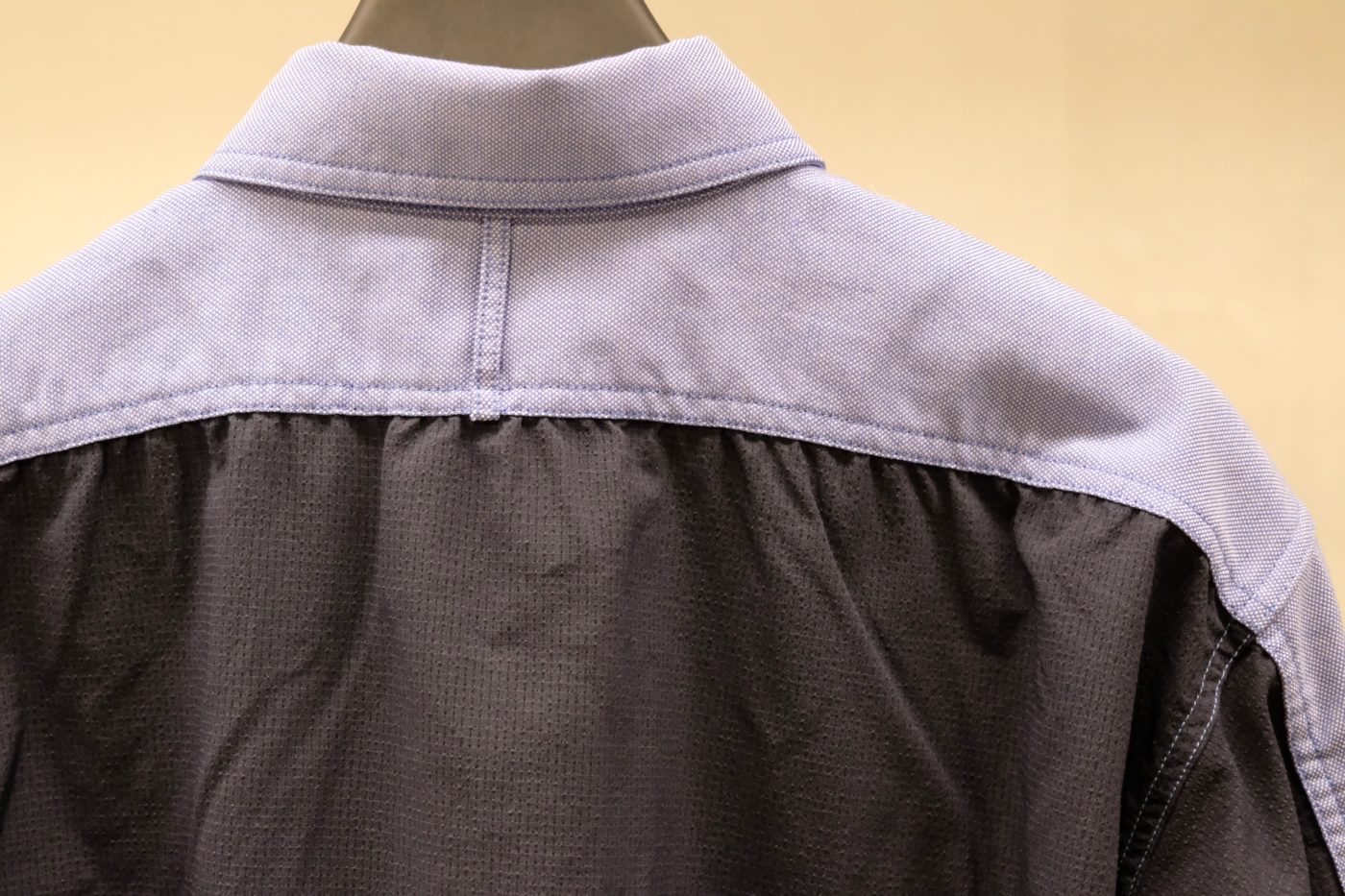
It is amazing that those shirts are properly stretchy and wrinkle-resistant despite the classical look of an Oxford weave.
In the past, perhaps only a thin windbreaker was available for climbing mountains in summer, so I hope these shirts become an alternative. These items were created by redefining the shirt as a traditional, versatile outer garment through the use of SOLOTEX®, which I think is unique to Woolrich.
After using SOLOTEX® this season, did you come up with any further ideas of how you would like to use this material in the future?
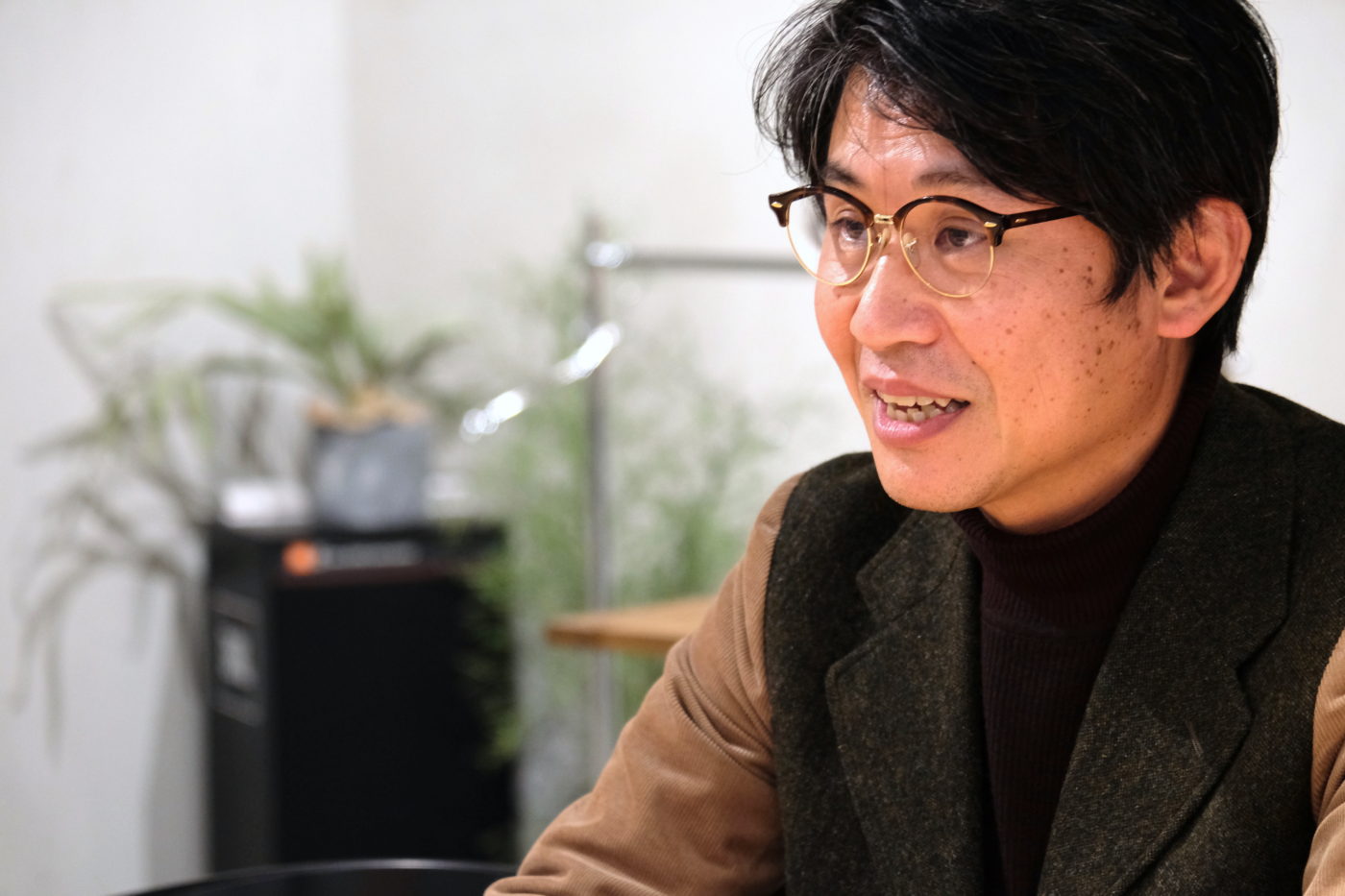
I have been involved in society through outdoor apparel, and I have recently had the feeling that I want to do something that is broadly useful for society.
So I would be happy if I had the opportunity to work on children’s uniforms or clothing. Modern textiles are difficult to tear unlike those in the past because they are highly rub-resistant now, but the colors gradually fade after repeated washing; therefore, clothes using such textiles are often replaced by purchasing new ones even when they are still usable. In the future, I think we should shift the practice to wearing clothes made of materials that retain their beautiful appearance as long as possible even if they are a little more costly. So, it would be good to use materials that do not fade in most cases and that offer excellent durability and functionality like SOLOTEX®. In addition, it may be necessary to develop a system for reuse and recycling, such as passing on outgrown clothes to children of the younger generation and recycling torn clothes. I think we can contribute to redeveloping a cycle that can foster the culture of using things with care through engaging in developing such a system.


